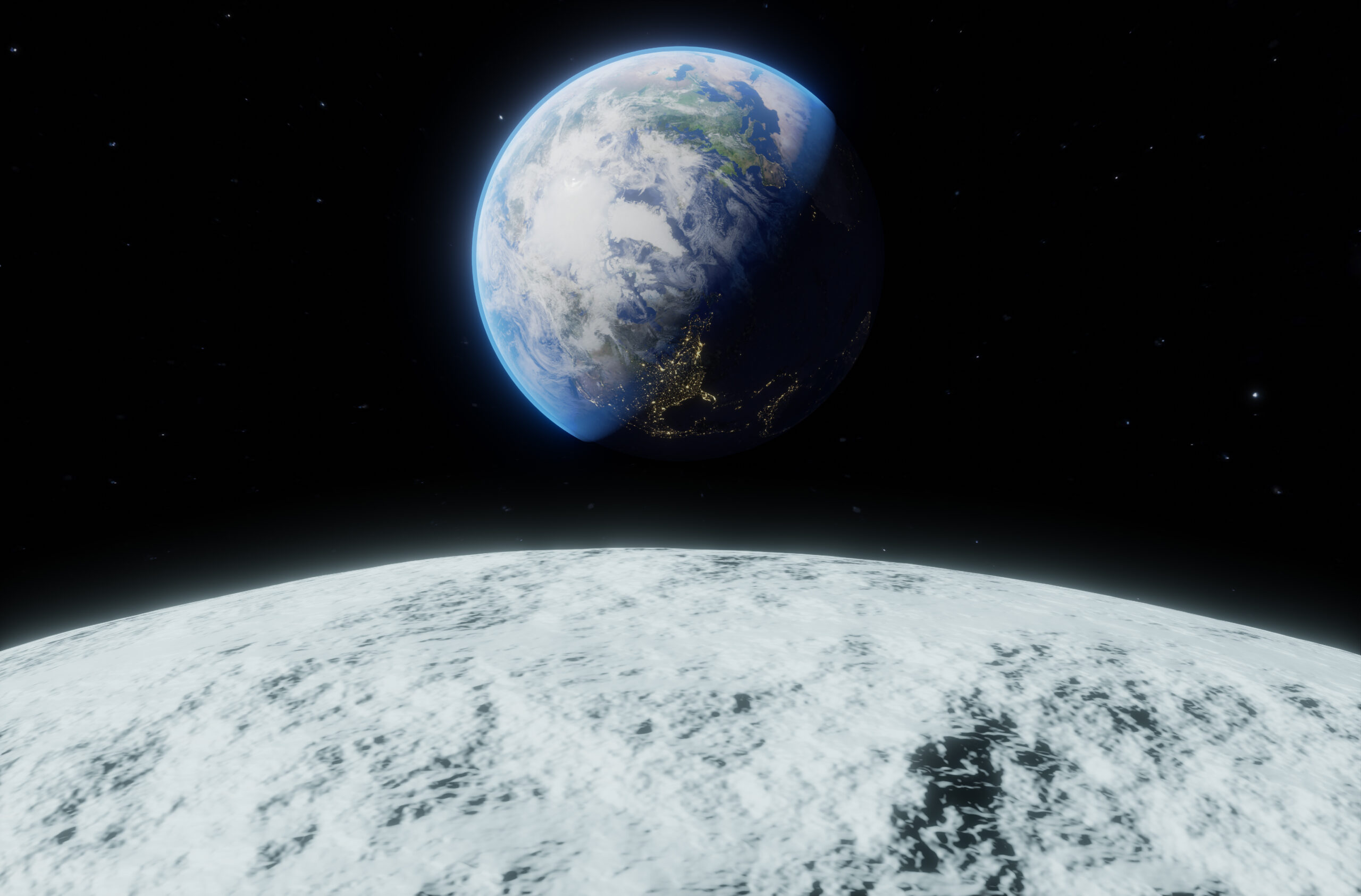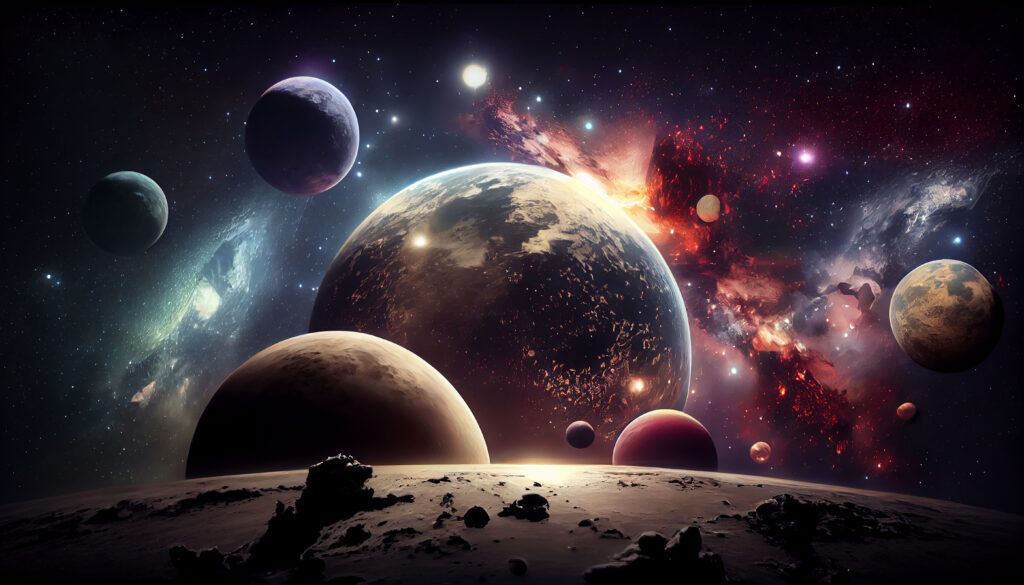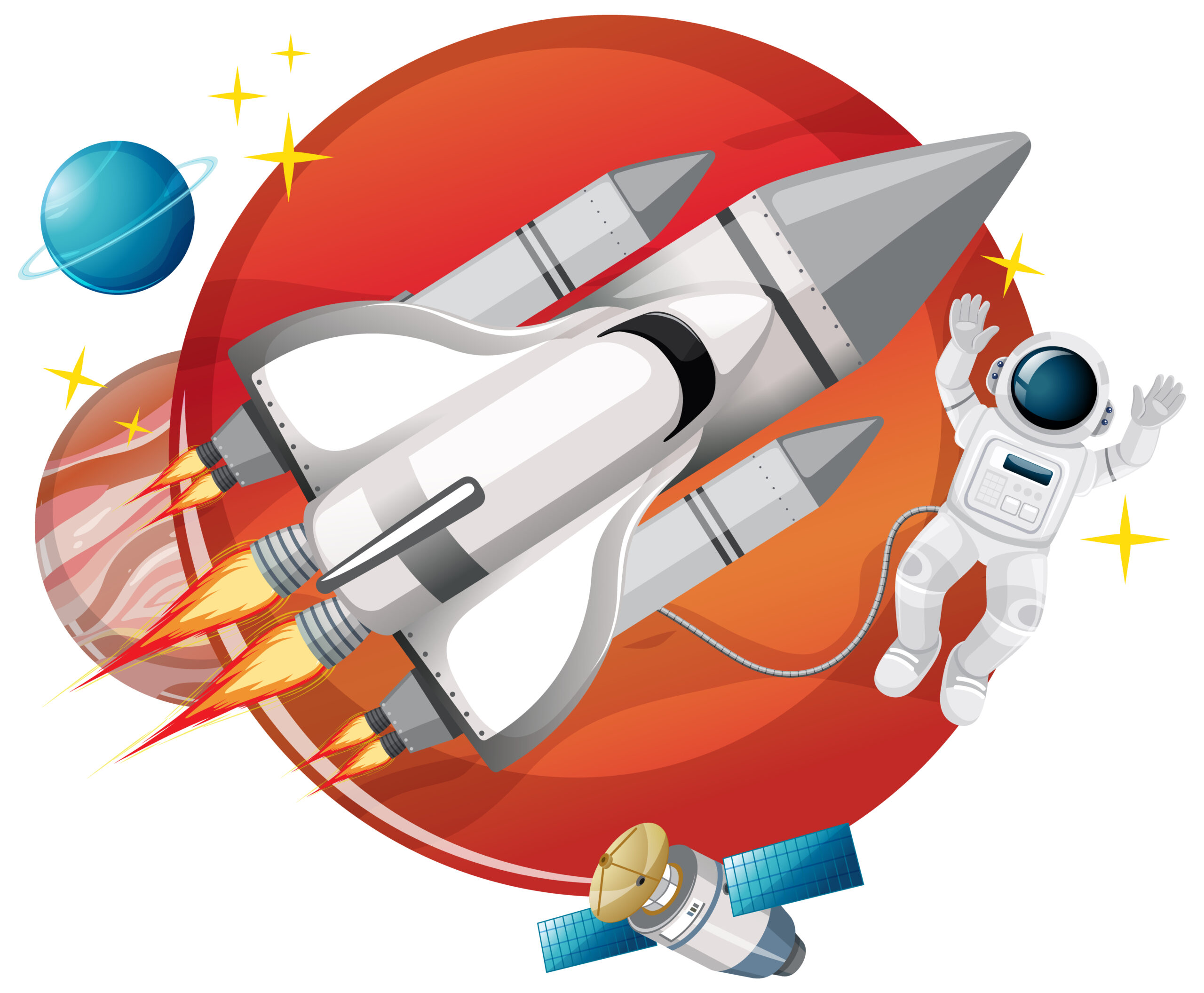C
handrayaan-1 was India’s first lunar probe, and it marked a significant milestone in the country’s space exploration efforts. Here are some key details about Chandrayaan-1:
Launch Date: Chandrayaan-1 was launched on October 22, 2008, by the Indian Space Research Organisation (ISRO).
Objective: The primary objective of Chandrayaan-1 was to conduct high-resolution remote sensing of the Moon. It aimed to explore and map the lunar surface, study the Moon’s mineral composition, and search for water ice in the polar regions.
Payload and Instruments:
- Chandrayaan-1 carried a suite of scientific instruments, including a Moon Impact Probe (MIP) that was released and impacted the lunar surface.
- The Moon Impact Probe carried instruments for analyzing the Moon’s exosphere.
- Other instruments included a Moon Impact Probe, Moon Impact Probe Chandra’s Altitudinal Composition (MIP), Moon Impact Probe Mass Spectrometer (MIP-MS), and the Moon Impact Probe Video Imaging System (MIP-VIS).
Discoveries :
- Chandrayaan-1 made several significant discoveries, including the confirmation of the presence of water/hydroxyl on the Moon.
- It also provided valuable data on the distribution of various elements on the lunar surface.
End of Mission:
- Unfortunately, the Chandrayaan-1 mission experienced communication issues in August 2009, leading to an early termination of the mission. However, by then, it had accomplished a considerable amount of its scientific objectives.
Chandrayaan-1 laid the foundation for India’s subsequent lunar exploration missions, including Chandrayaan-2, which was launched in 2019. The success of Chandrayaan-1 established India as a significant player in the field of space exploration and lunar science.
India’s first lunar probe, Chandrayaan-1, was launched on October 22, 2008. The launch happened from Sriharikota Island, off the east coast of India, at the Satish Dhawan Space Centre (SDSC). The Indian orbit Research Organization (ISRO) uses the SDSC as its main launchpad, and it was instrumental in launching Chandrayaan-1 into orbit.
The Polar Satellite Launch Vehicle (PSLV-C11) was the launch vehicle utilized for Chandrayaan-1. After Chandrayaan-1 was launched into orbit by the PSLV, the spacecraft set out to reach the Moon.
An important turning point in India’s space program was the launch of Chandrayaan-1, which demonstrated the nation’s technological and scientific prowess and signaled the nation’s entry into lunar exploration
Final status Chandrayaan-1
The Chandrayaan-1 mission was initially planned to last two years, but it faced an unexpected end. Communication with the spacecraft was lost in August 2009, just ten months into the mission. Despite the early termination, Chandrayaan-1 achieved several significant scientific objectives before its communication failure. Some of the key findings and accomplishments of the Chandrayaan-1 mission include:
- Water Molecules on the Moon: Chandrayaan-1 helped confirm the presence of water/hydroxyl on the lunar surface. The Moon Impact Probe (MIP) released by Chandrayaan-1 carried instruments that provided data supporting the existence of water molecules.
- Mapping of Lunar Surface: The spacecraft conducted high-resolution remote sensing of the Moon and created detailed maps of its surface. This included the Moon Impact Probe’s impact site.
- Mineral Composition: Chandrayaan-1 provided data on the mineral composition of the Moon’s surface, helping scientists understand the geological features and diversity of lunar rocks.
- Discovery of Polar Ice: The mission contributed to the discovery of water ice on the Moon, particularly in the permanently shadowed regions near the lunar poles.
- Detection of Various Elements: Chandrayaan-1 carried instruments that detected and mapped various elements on the lunar surface, providing valuable insights into the Moon’s composition.
Despite its shortened mission life, Chandrayaan-1 significantly contributed to lunar science and laid the foundation for India’s future lunar exploration missions. The spacecraft continues to orbit the Moon, although communication with it was lost, and it remains a part of India’s space exploration history.

Rocket in space scene illustration
Chandrayaan-2 is India’s second lunar exploration mission, following the successful Chandrayaan-1 mission. It was launched by the Indian Space Research Organisation (ISRO) with the goal of expanding scientific understanding of the Moon. Here are key details about Chandrayaan-2:
Launch Date:
-
- Chandrayaan-2 was launched on July 22, 2019, from the Satish Dhawan Space Centre (SDSC) in Sriharikota, India.
Components:
-
- The mission comprised three main components: an orbiter, a lander named Vikram, and a lunar rover named Pragyan. The orbiter, which continues to orbit the Moon, carries scientific instruments to study the lunar surface and atmosphere.
- The Vikram lander was designed to make a soft landing on the lunar surface near the south pole, carrying instruments to study the lunar terrain.
- The Pragyan rover was intended to explore the lunar surface, analyze soil samples, and conduct experiments.
Mission Objectives:
-
- Chandrayaan-2 aimed to explore the southern polar region of the Moon, which was not extensively studied by previous missions.
- Scientific goals included studying the lunar topography, mineral composition, exosphere, and searching for water ice.
Soft Landing Attempt:
-
- While the orbiter successfully entered lunar orbit, the Vikram lander lost communication during its descent, and a planned soft landing attempt was unsuccessful. Despite the setback with the lander, the orbiter continued its scientific observations.
Orbiter’s Contributions:
-
- The Chandrayaan-2 orbiter continued to study the Moon’s surface and gather valuable data. It has made significant contributions to lunar science, including detecting lunar water and mapping lunar topography.
Chandrayaan-2 demonstrated India’s capability to launch and execute complex lunar missions. The orbiter continues to function well and has extended its mission life, providing ongoing data for lunar research. Despite the lander’s unsuccessful attempt, Chandrayaan-2 has paved the way for future lunar exploration missions by India and contributed to global lunar science efforts.

Chandrayaan-2 experienced a setback with the Vikram lander during its descent to the lunar surface. The mission had the ambitious goal of making a soft landing near the Moon’s south pole, a region that had not been explored in detail by previous missions. The incident occurred during the early hours of September 6, 2019, when Vikram was just about 2.1 kilometers above the lunar surface.
Here is a summary of the failure:
Communication Loss:
-
- During the final stages of the descent, as Vikram approached the lunar surface, communication with the lander was lost. The loss of signal occurred around 2.1 kilometers above the Moon.
Impact Analysis:
-
- Subsequent analysis suggested that the Vikram lander deviated from its intended trajectory and made a hard landing on the lunar surface. The impact site was identified, and efforts were made to analyze data from the orbiter to understand what happened.
Orbiter Continues Mission:
-
- Despite the setback with the lander, the Chandrayaan-2 orbiter continued its mission successfully. The orbiter, equipped with scientific instruments, has been orbiting the Moon and providing valuable data for lunar research.
Investigation:
-
- After the incident, ISRO initiated an investigation to understand the cause of the communication loss. The analysis involved reviewing telemetry data, simulations, and other relevant information to identify the factors that led to the failure.
While the soft landing attempt with the Vikram lander was not successful, Chandrayaan-2 as a mission was not considered a complete failure. The orbiter has continued to function well, and its extended mission life has allowed for ongoing lunar observations and scientific research. The experience gained from Chandrayaan-2 has contributed to ISRO’s knowledge and will likely inform future lunar exploration endeavors.

Chandrayaan 2 formar isro chairman
As of my last knowledge update in January 2022, Kailasavadivoo Sivan was the Chairman of the Indian Space Research Organisation (ISRO) during the Chandrayaan-2 mission. Dr. K. Sivan served as the Chairman of ISRO from January 2018. He played a key role in overseeing various space missions, including Chandrayaan-2.
Please note that leadership positions at organizations, including ISRO, can change, and it’s always a good idea to check the latest information for the current chairman or head of ISRO. You can visit the official ISRO website or refer to recent news sources for the most up-to-date information on ISRO leadership.
Chandrayaan 2 launch vehicle
Chandrayaan-2 was launched using the Geosynchronous Satellite Launch Vehicle Mark III (GSLV Mk III). GSLV Mk III is an expendable launch vehicle developed by the Indian Space Research Organisation (ISRO). It is the heaviest and most powerful launch vehicle in the GSLV series and has been used for various important missions, including Chandrayaan-2 and the launch of the GSAT-29 communication satellite.
Key features of GSLV Mk III include its capability to carry heavy payloads to geosynchronous transfer orbit (GTO) and low Earth orbit (LEO). The launch of Chandrayaan-2 took place on July 22, 2019, from the Satish Dhawan Space Centre (SDSC) on Sriharikota Island, off the east coast of India.
The GSLV Mk III played a crucial role in carrying the Chandrayaan-2 spacecraft, which consisted of an orbiter, a lander (Vikram), and a rover (Pragyan). While the orbiter successfully entered lunar orbit and continues to function, the lander’s soft landing attempt on the lunar surface faced communication issues, resulting in the loss of the Vikram lander. Despite this setback, the mission has provided valuable data and insights into lunar science.

Rocketship with an astronaut on white background illustration
CHANDRAYAAN 3 LAUNCH DATE
As of my last knowledge update in January 2022, there had been no official announcement regarding the launch date for Chandrayaan-3 by the Indian Space Research Organisation (ISRO). Chandrayaan-3 is expected to be India’s third lunar exploration mission, following Chandrayaan-1 and Chandrayaan-2.
Please note that plans for space missions, including their launch dates, can be subject to change based on various factors, including technical, financial, and strategic considerations. To obtain the most accurate and up-to-date information on Chandrayaan-3 or any other ISRO missions, I recommend checking the official ISRO website or reliable news sources for announcements from ISRO.
ISRO’s Chandrayaan-3 Chairman Dr Somnath
As of my last knowledge update in January 2022, Dr. Somnath is Dr. S. Somnath, who was the Director of the Vikram Sarabhai Space Centre (VSSC) in Thiruvananthapuram, Kerala, India. He has made significant contributions to India’s space program.
However, please note that my information might be outdated, and leadership roles can change. To get the most current and accurate information regarding ISRO’s leadership, especially in the context of Chandrayaan-3, I recommend checking the official ISRO website or recent news sources for the latest updates on Dr. Somnath’s role and other relevant appointments.
Top of Form
Chandrayaan 3 launch vehicle
As of my last knowledge update in January 2022, there had been no official announcement regarding the specific launch vehicle for Chandrayaan-3 by the Indian Space Research Organisation (ISRO). Chandrayaan-3 is expected to be India’s third lunar exploration mission, following Chandrayaan-1 and Chandrayaan-2.
ISRO typically selects a launch vehicle based on the mission’s requirements, payload specifications, and the desired trajectory. The launch vehicle used for Chandrayaan-3 will depend on these factors and ISRO’s decision at the time of the mission.
For the most accurate and up-to-date information on Chandrayaan-3, including the launch vehicle selection, I recommend checking the official ISRO website or reliable news sources for any recent announcements or updates from ISRO.
Top of Form
Chandrayaan 3 launch place
As of my last knowledge update in January 2022, there had been no official announcement regarding the specific launch place (launch site) for Chandrayaan-3 by the Indian Space Research Organisation (ISRO). The launch site selection for a mission depends on various factors, including the mission profile, required trajectory, and launch vehicle specifications.
ISRO typically conducts its launches from the Satish Dhawan Space Centre (SDSC), located on Sriharikota Island off the east coast of India. The Satish Dhawan Space Centre is the primary launch site for ISRO’s space missions, including those to Earth orbit and beyond.
To get the most accurate and up-to-date information on Chandrayaan-3, including the launch site, it is recommended to check the official ISRO website or refer to reliable news sources for any recent announcements or updates from ISRO. Launch site decisions can be subject to change based on mission requirements and other considerations.
Chandrayaan 3 landing date
Chandrayaan-3 made a historic landing on the moon on August 23. The lander module, named Vikram, and the rover, Pragyan, touched down on the Shiva Shakti Point.
Chandrayaan-3 is successfully inserted into the lunar orbit. The orbit achieved is 164 km x 18074 km, as intended. The spacecraft is inserted into the translunar orbit. The orbit achieved is 288 km x 369328 km.